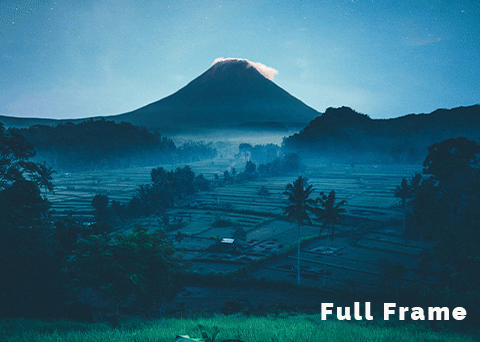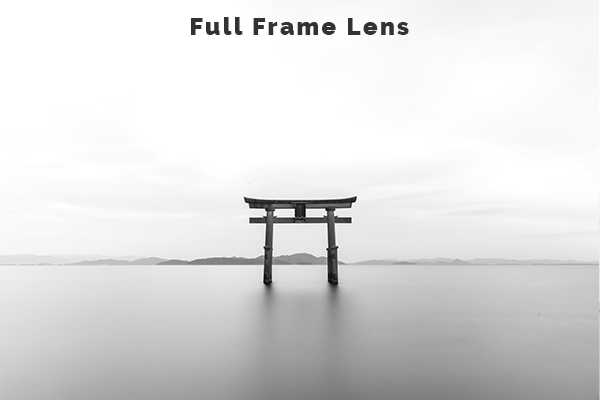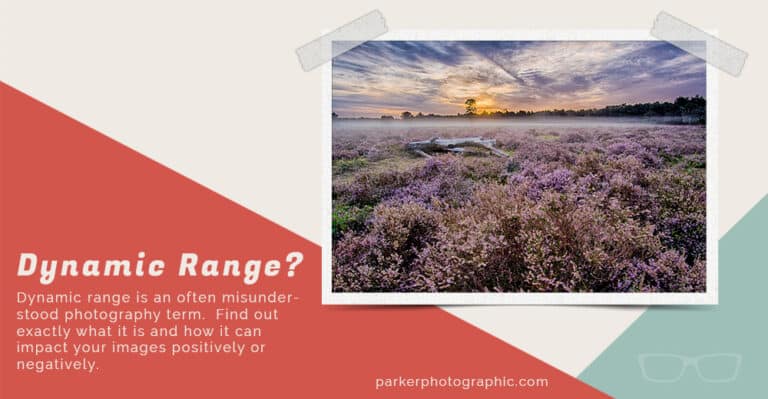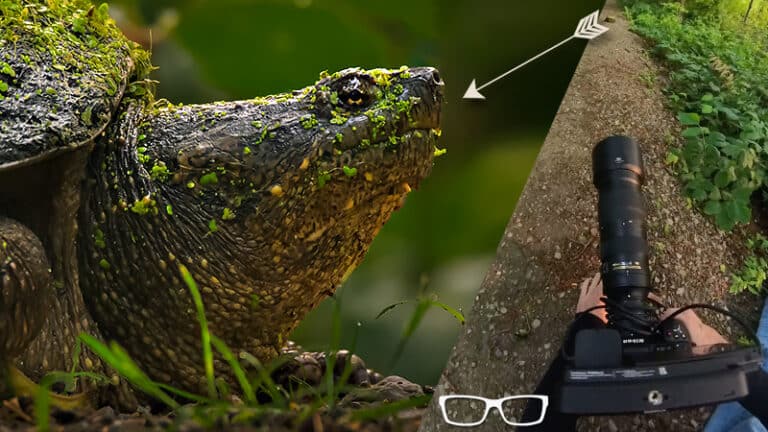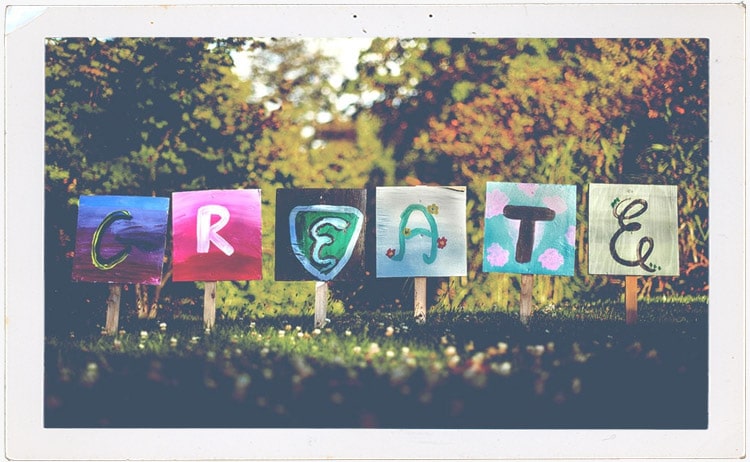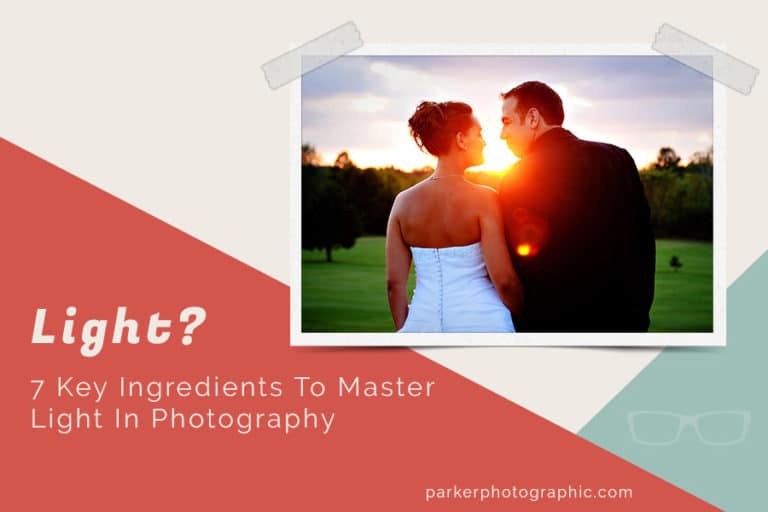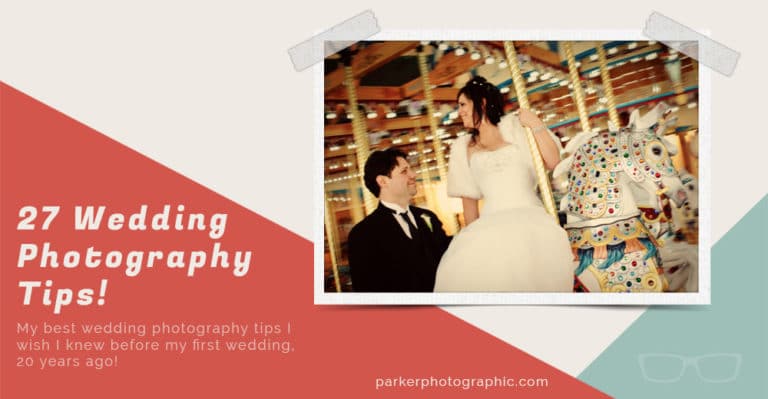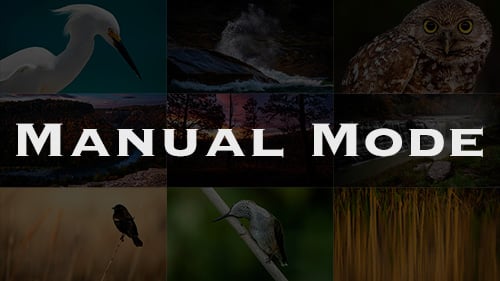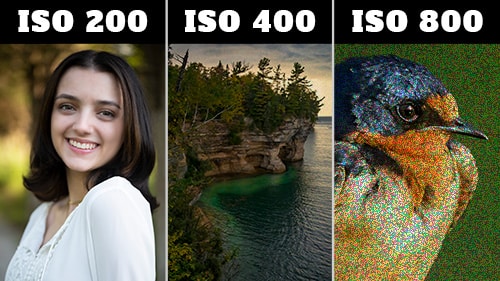Discover What Crop Factor Is & How It Affects Your Photos

What Is Crop Factor?
“Crop factor (CF) is the ratio of your camera’s (diagonal) sensor size compared to a 35mm film frame.”
But, why does crop factor matter?
CF can have a considerable impact on your lens’s actual focal length, depending on the size of your DSLR’s sensor size. When switching from a cropped to a larger one, you might run into some problems.
For example, lenses designed for cropped sensors will not be 100% compatible with larger ones. More on that coming up.
The crop factor also affects the depth of field, and the results of your lens will be different vs. someone shooting with a larger sensor. This is something you need to consider when seeking advice from other photographers or when shopping for a lens. You’ll need to consider the crop factor of your camera vs. theirs to make an informed decision.
Here’s why. Going from cropped to a full-frame to medium format (and larger) could change a portrait lens into a wide-angle!
Table of Contents
Let’s say you have a Nikon camera with an APS-C (cropped) sensor. If you purchased a 50mm, the equivalent for a full-frame camera would be roughly 35mm.
A 50mm lens on a Panasonic Lumix DC-GH5S, with a micro four-thirds sensor, would have an effective focal length of around 25mm!
This will make more sense once you finish this article. Let’s explore what causes the crop factor and the problem it creates.
Crop Factor Cause & Affect
Once you understand the implications of the crop factor and the concept, you’ll be able to make better-informed decisions when shopping for a lens.
the Problem
“One of these things doesn’t belong with the other.”
As a kid, did you ever try to put a square peg in a round hole?
You soon learned it doesn’t fit… except in the world of photography! Say what?
Technically, the image you start out with is round since your lens is, well, round.
Technically, technically… it’s not entirely round either. It takes the shape of your aperture, which isn’t completely round.
Our camera’s sensors are rectangles and crops off the data collected on all four sides.
Before digital photography, the most popular SLR cameras were known as “35mm” film cameras, and 35mm referred to the size of the film.
Smaller size film was not available for these SLR cameras.
So, crop factor wasn’t a big issue at the time… for the majority of photographers.
Digital cameras have complicated the matter since sensors come in various sizes.
A “full frame” camera is equivalent in size to 35mm film.
Smaller ones are known as a “cropped” since their size is tinier than 35mm.
Picture (no pun intended… or was it) your rectangle sensor inside of your round photo…

This is a hypothetical 35mm “full-frame” crop. Photo by Aron Visuals.
the Affect
If your sensor is tinier than full-frame (35mm), then the image is cropped smaller.
The end result is an image that looks more “zoomed in” with a cropped sensor vs. a full-frame. Plus, the smaller it is, the more zoomed in it seems.
Lens Problems
If you try to use a lens designed for cropped cameras on a full-frame camera vignetting will occur.
This is due to the lens being designed for tinier sensors. The lens itself is designed smaller for the, well, smaller sensor . A smaller circle being sent to a full-frame sensor is not able to fill the bigger rectangle!
Click to enlarge.
Full frame cameras will compensate when using non-full-frame lenses. In fact, they will auto-crop to ensure no vignetting. Notice the vignette on the third image. Since the sensor is larger than the “round” lens the entire image will not be captured!
The unfilled portion of the sensor renders darker and hence the vignetting.
Most DSLR cameras will recognize you’re using a lens designed for a cropped camera and automatically crops the full-size sensor to fit the lens.
In other words, all that money you spent on a full-frame camera is giving you the same cropped results of the one you’re replacing!
This means once you upgrade to full-frame, you’ll need to invest in new lenses developed for full-frame sensors to take advantage of the entire frame.
Let’s take a deeper dive into the crop factor…
What Is the Crop Factor?
All DSLR lens focal lengths are based on the size of SLR film cameras from yesteryear. Crop factor is the difference between your camera’s sensor size and traditional 35mm film.
The crop factor is used to calculate the actual focal lengths of your lenses between different sensor sizes.
If your digital camera has a crop factor of 1.5, then that means a full-frame camera is one and a half times larger than your camera’s sensor. In theory, this means a full-frame camera will crop less of your “round” image and provides a wider field of view.
As mentioned previously, DSLR sensors come in various sizes. A full-frame is the largest and is nearly the same size as 35mm film.
Therefore, it has a crop factor of 1. Smaller sensors can have a crop factor of 1.5 and as high as 6.
The higher the number, the more the “zoom in” effect you’ll have for any given focal length.
And the lower the quality of the image too. Higher crop factors have lower resolutions and more digital noise vs. their larger counterparts.
Pro Tip: To check the crop factor of your camera, refer to the camera manual.
Effective Focal Length
So, how does the crop factor affect your lenses?
If your camera has a factor of 1.5, then a 50mm lens has an effective focal length of 75mm! If you want your new full-frame camera to have the same field of view, you’ll need a lens closer to 75mm.
To determine the effective focal length, take the crop factor, and multiply it by the focal length of your lens. In the above example, 1.5 x 50mm = 75mm.
This can have a profound effect the larger the crop factor. For example, if you’re considering purchasing an 85mm lens and your camera has a crop factor of 2 it’s actual or effective focal length is 170mm!
Here’s something to consider. Let’s say you’re asking for advice from photographers in a forum or on our Facebook group about a specific lens.
There might be a problem if everyone recommends a 50mm lens and their using a full-frame vs. your cropped sensor that has a crop factor of 3. The recommended focal length will actually be 3 times longer for your camera!
Here is a list of equivalent focal lengths for popular lenses based on 3 crop factors.
| Full Frame | APS-C | Nikon + Sony 1.5x | APS-C | Canon 1.6x | Four Thirds 2x |
|---|---|---|---|
| 10mm | 15mm | 16mm | 20mm |
| 24mm | 36mm | 38mm | 48mm |
| 35mm | 53mm | 56mm | 70mm |
| 50mm | 75mm | 80mm | 100mm |
| 85mm | 128mm | 136mm | 170mm |
| 100mm | 150mm | 160mm | 200mm |
| 200mm | 300mm | 320mm | 400mm |
| 500mm | 750mm | 800mm | 1000mm |
Now What?
If you have no need or desire to upgrade to a larger sensor, you have nothing to worry about. Unless you’re getting recommendations on specific lenses. At that point, you’ll have to consider those recommendations and how the focal length could be different based on your camera’s crop factor.
Another thing to consider… you can use a smaller sensor and the crop factor to your advantage. If you decide wildlife photography is something you’re interested in, you may not need that $15K 500mm lens.
A 200mm lens will have an effective focal length of 400mm with a crop factor of 2. But, if you decide to empty the bank on a 500mm, it effectively becomes a 1ooomm!!
If you have any questions, please post in the comments below. Also, if you like this article, please share it!


